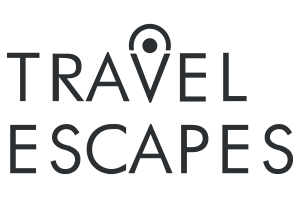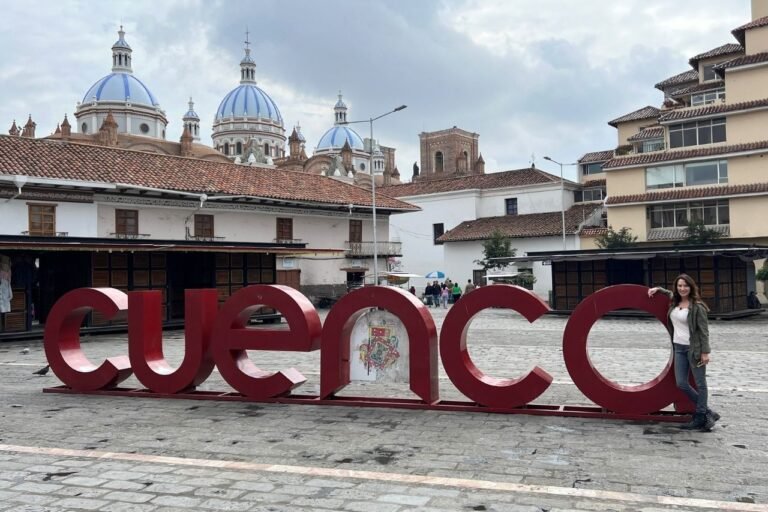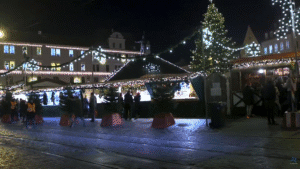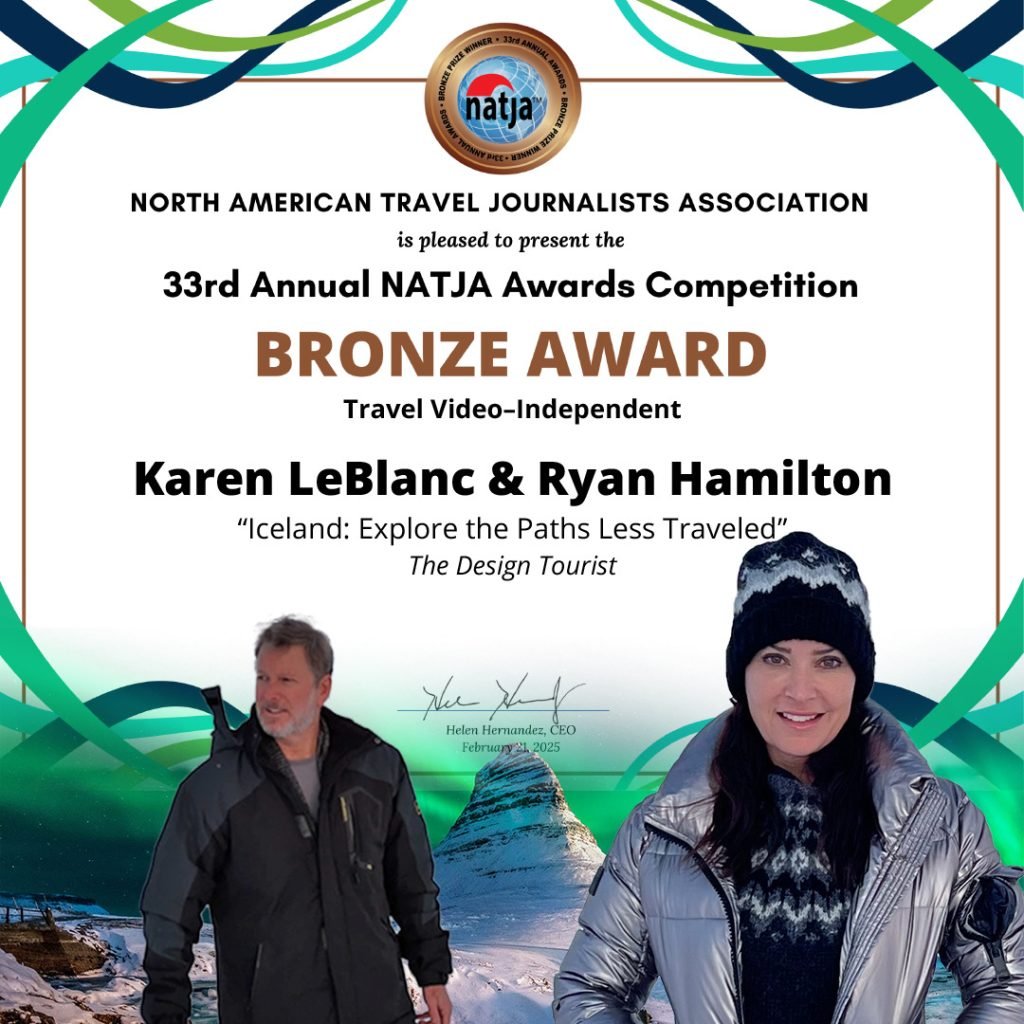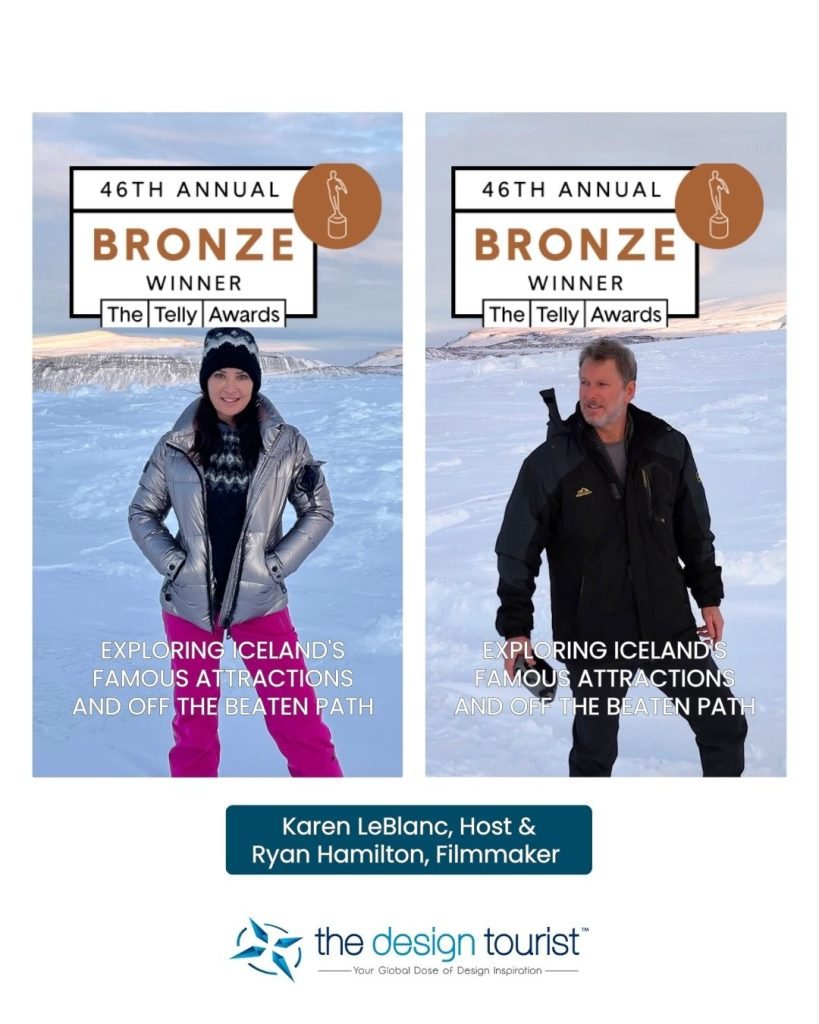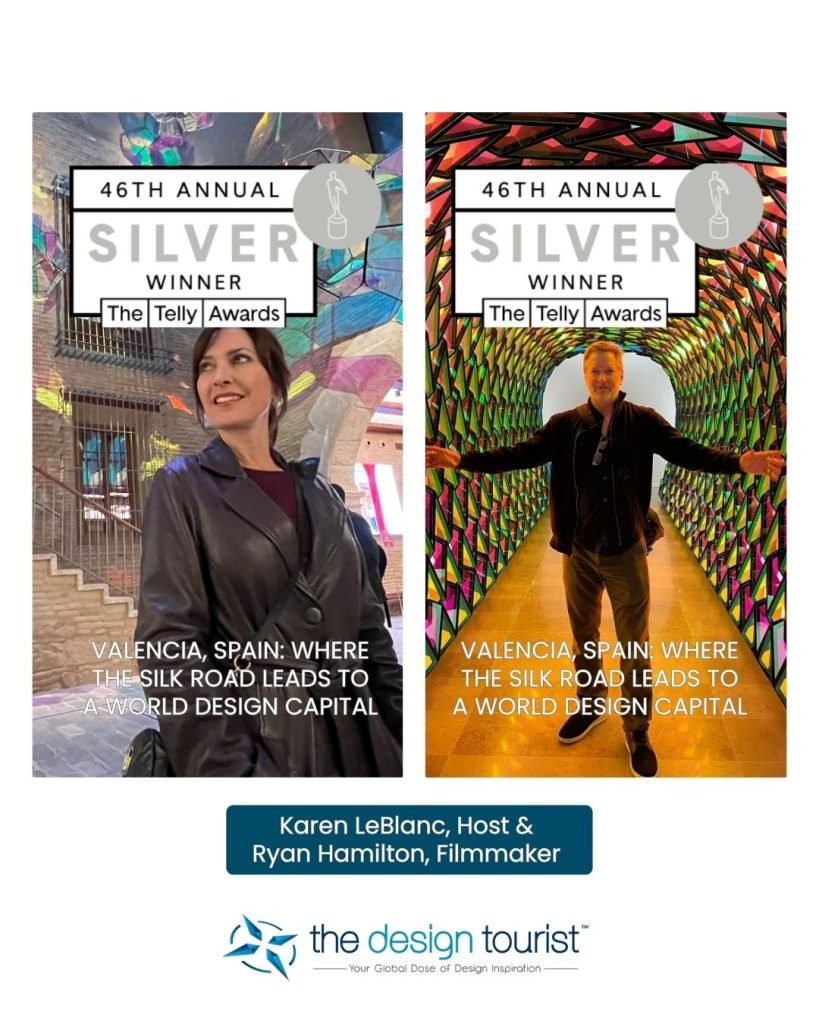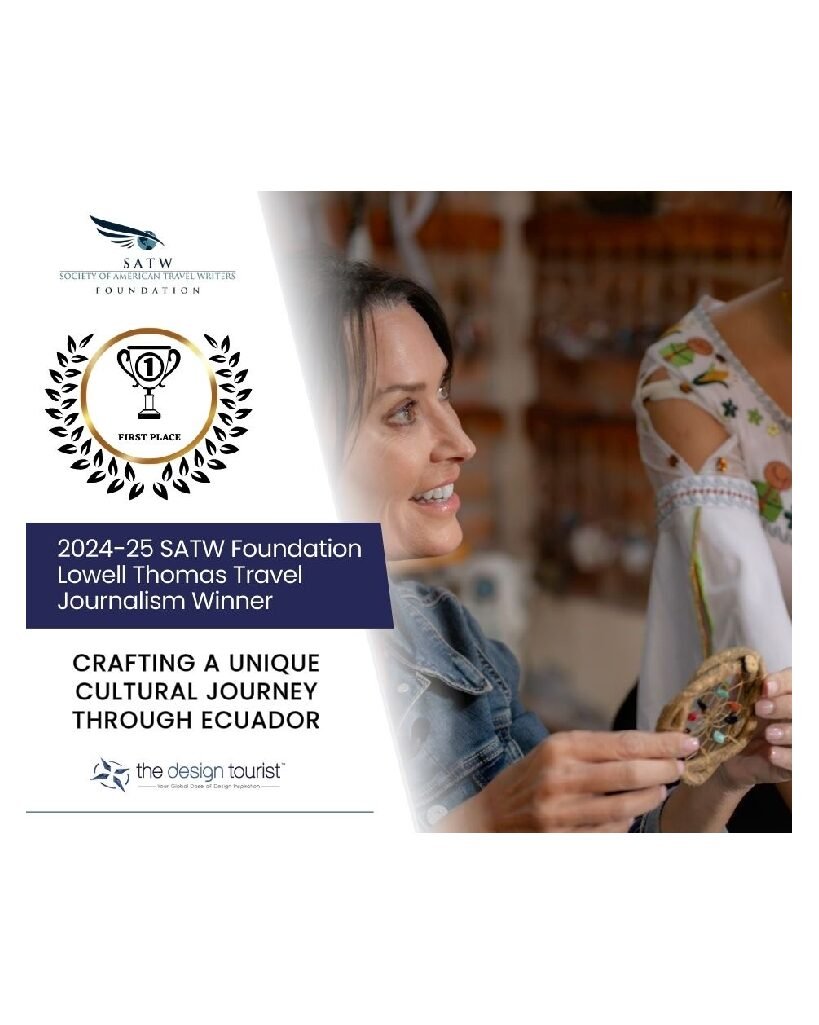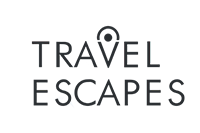This post may contain affiliate links, which means I may earn a small commission from purchased products at no additional cost to you. See my full disclosure here.
Table of Contents
At 8,400 feet in the southern Andes, Cuenca Ecuador blends centuries-old heritage with thriving artisan traditions. Its colonial center, a UNESCO World Heritage Site since 1999, preserves its original Spanish street grid, while workshops, flower markets, and ancestral flavors bring daily life vividly alive. This is not just a city of beautiful plazas; it is a cultural heartbeat where roses, crafts, and rituals shape the spirit of place.
Cuenca Ecuador’s Famous Roses and Rituals
I started in Plaza de las Flores, where the air was heavy with the perfume of Ecuador’s world-famous roses. Ecuador exports nearly eight million roses every day, a billion-dollar industry, and Cuenca’s markets showcase these vibrant blooms in technicolor. Orchids, lilies, and tropical flowers filled the square, creating a living tapestry of color.
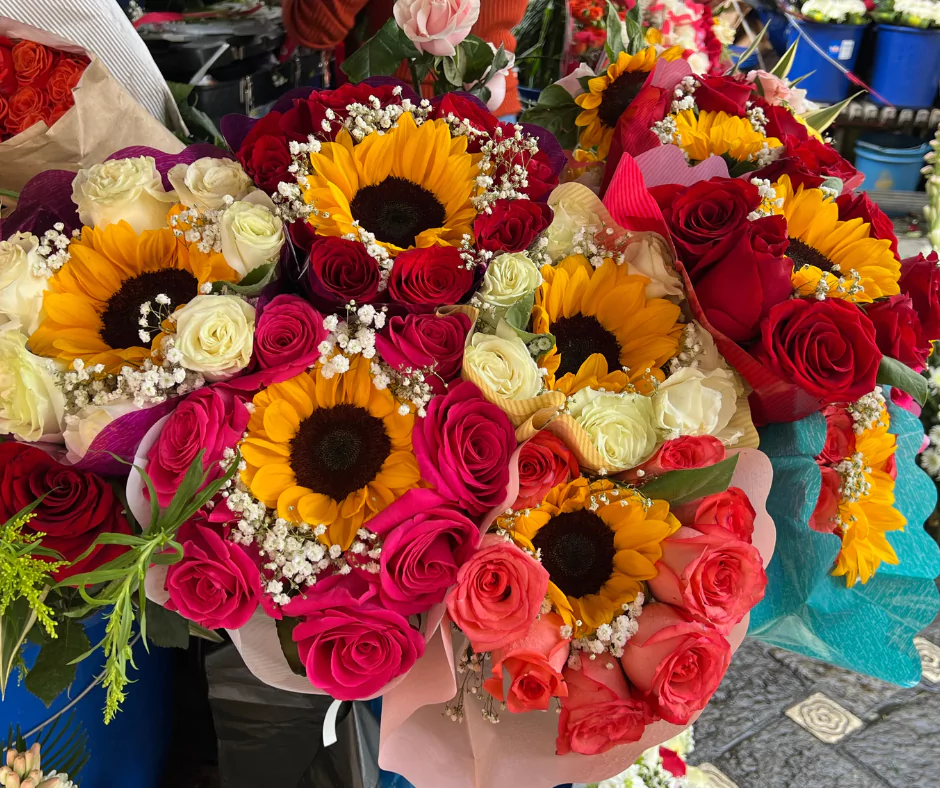
Just steps away, a line formed outside the Carmelite Monastery, where nuns sell agua de patima, a herbal tea steeped in flowers and valerian root. Its sharp aroma hinted at its potency.
“The nuns say this is good for everything, even a broken heart,” my guide Wilson explained with a smile.
It was my first taste of Cuenca’s blend of ritual, faith, and tradition, everyday practices that root the city in its heritage.
Traditional Sweets in Cuenca Ecuador’s Historic Center
The cobblestone streets of Cuenca’s historic district are lined with vendors offering sweets tied to ancestral recipes. I sampled espumilla, a meringue-like dessert of whipped egg whites and guava pulp served in cones, and melcocha, a chewy taffy pulled from boiled sugarcane juice.
Nearby in Plaza San Francisco, the blue ceramic domes of the New Cathedral towered over a bustling square where vendors sold textiles, ceramics, and handicrafts. This lively plaza reflects why UNESCO recognized Cuenca, because its historic design is preserved while it still thrives as a cultural center.
Colonial Streets and Sunday Markets
Walking along Santa Ana Street, one of the city’s oldest alleys, I noticed how Cuenca’s urban grid mirrors Spanish colonial planning. This preservation of original street layouts was a major reason UNESCO honored Cuenca in 1999.
On Sundays, the historic core transforms into a farmer’s market. Locals sell produce, quail and duck eggs, baskets of palo santo wood for spiritual cleansing, and juices mixed with raw eggs, a popular health drink.
Wilson teased me with a smile.
“There is one egg drink I won’t tell you about now, because if I say it, maybe you won’t try it later. You must experience it first.”
The streets pulsed with music as a band played in a park dedicated to a 17-year-old war hero of Ecuador’s independence. Families strolled under the equatorial sun, many wearing the hats Cuenca is most famous for: the Panama hat.
The Panama Hat: A UNESCO Craft
Despite its misleading name, the Panama hat is Ecuadorian, and Cuenca is one of its most important weaving centers. In 2012, UNESCO recognized the traditional weaving of the toquilla straw hat as an Intangible Cultural Heritage of Humanity.
At Homero Ortega, one of the country’s leading producers, I watched women weave straw into elegant forms. Their fingers moved swiftly, creating weaves so fine they seemed silk-like.
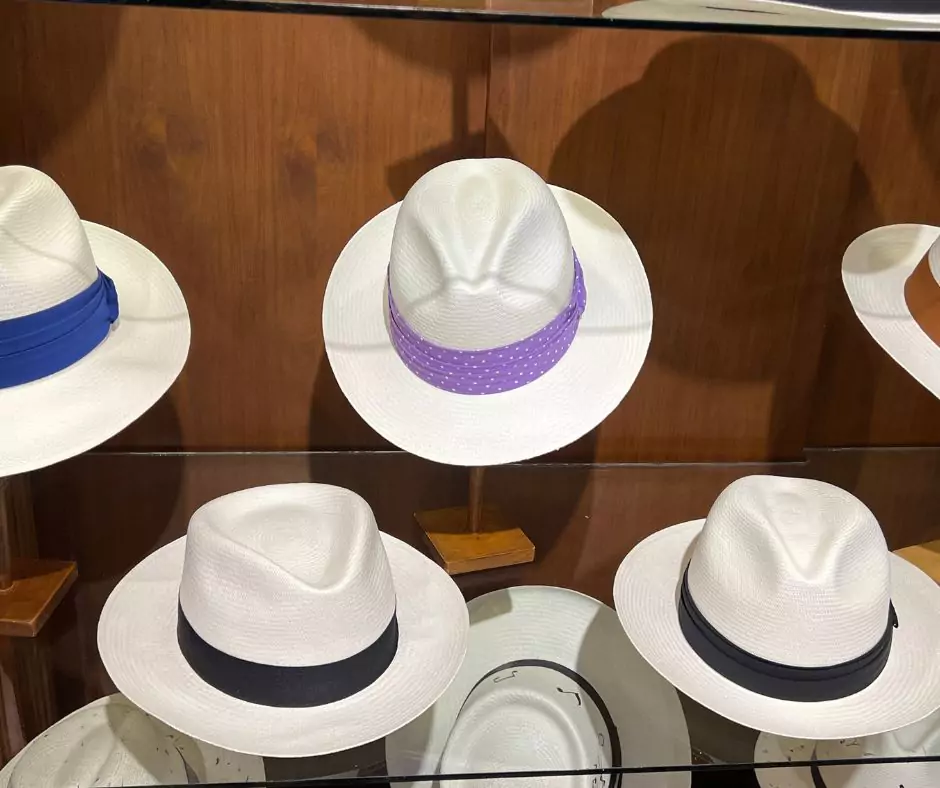
“The finer the fiber, the tighter the weave, the more expensive the hat,” a factory guide explained.
Each hat passes through a meticulous process of bleaching, dyeing, steaming, and pressing. Prices range from $35 to $10,000, depending on the tightness of the weave. For Cuenca, weaving is not only artistry, it is livelihood and legacy.
A Secret Cathedral View
Back at Hotel Cruz del Vado, my boutique base in Cuenca, I stumbled upon a hidden surprise. A small window in the bathroom framed a picture-perfect view of the New Cathedral’s glowing domes against the night sky. In Cuenca, beauty often reveals itself unexpectedly, so even an ordinary moment can feel like art.
At dinner, chef Sebastián prepared a meal with a personal twist. After noticing my Louisiana roots in my passport, he crafted a fusion dish of fish étouffée with quinoa, blending Ecuadorian ingredients with Cajun flavors. It was both thoughtful and delicious, a reminder of how travel sparks connections across cultures.
Hiking Cajas National Park
Nineteen miles from the city, Cajas National Park rises at 13,200 feet, a rugged expanse of 270 glacial lakes and ancient polylepis forests. Birdwatchers come here hoping to spot the violet-throated hummingbird, a species found only in this park.
Overlooking a lake, my guide Wilson brewed agua de viejas, a traditional herbal tea.
“In the Andes, this tea is both medicine and tradition,” he told me as steam curled in the cold mountain air.
The vastness of Cajas felt like stepping into a sacred landscape, where silence itself carried ancestral weight.
Dining on Ancestral Flavors
Back in Cuenca, I experienced pampa mesa dining at Tiestos, where chef Juan Carlos Solano serves dishes rooted in Ecuadorian heritage. Plates of sizzling shrimp, white corn humitas, and desserts painted with sauces arrived family-style, meant for sharing.
Chef Solano described his philosophy simply. He doesn’t cook “high cuisine,” but instead creates pure food in its natural form. Each dish celebrated ingredients in their truest expression, passed down from his mother’s kitchen.
Horseback Riding on the Inca Trail
At Centro Ecuestre Bellavista, I saddled up Mio Kulcha, a purebred Arabian horse, and rode into the Andes. The trail followed part of the Inca Road, once a lookout point for valleys below. Along the way, we passed dairy farms, potato fields, and villages where traditions persist beyond modern roads.
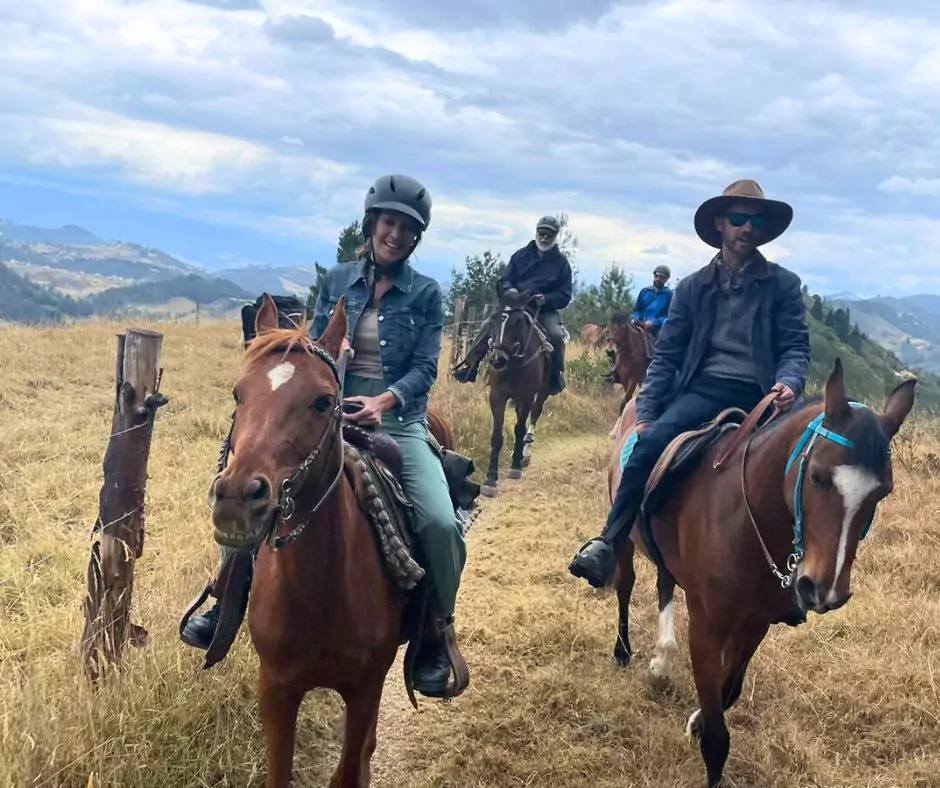
Exploring the Andes on horseback offered more than a scenic ride, because it revealed Ecuador’s pastoral life, where farming remains the heartbeat of the land.
Meeting Cuenca’s Artisans
My time in Cuenca unfolded like a hero’s journey, designed by Art Experiences Ecuador, who created an itinerary where each stop was revealed through a series of clues. This immersive approach made the city’s heritage feel like a living treasure hunt, connecting me with artisans through story as much as place.
- At José Encalada’s workshop, a black ceramic pot was the clue. I watched him pound red clay into powder, mix it with water, and fire it in sawdust to produce his signature black ceramics. I tried shaping clay myself at the wheel, my hands clumsy but alive with the rhythm of the craft.
- At Marco Machado’s studio, a copper wire led me to his workshop, where he taught me how to hammer copper sheets into petals and solder them into a rose by candlelight. Electricity was rationed due to drought, which reminded me of Ecuador’s reliance on hydropower.
- In San Bartolomé, high in the Andes, I met José Uyaguari, a master guitar maker.
“It takes one week to make a simple guitar, and if traditions like this are not supported, they will disappear,” Uyaguari told me.
His handcrafted guitars, part of Ecuador’s Ruta de las Guitarras, are prized worldwide for their rich sound.
- Finally, in Chordeleg, a town famed for silver filigree, I watched artisans twist fine wires into delicate earrings shaped like orchids. I chose a pair to carry a piece of Ecuador’s artistry home.
A Taste of Local Life
Cuenca’s flavors reflect both resilience and curiosity. At the market, I was challenged to try beer blended with raw egg and honey, a traditional drink with an acquired taste. Nearby, guinea pigs roasted on open spits, a popular Andean delicacy I declined this time, although locals consider it a cultural staple.
Evenings at my boutique hotel were spent wandering halls lined with Ecuadorian artwork, which reminded me that in Cuenca, art permeates daily life.
The Meaning of Cuenca
In Cuenca Ecuador, heritage is not a museum display but a living practice. Its UNESCO-recognized streets, its weavers of Panama hats, its markets filled with roses and ancestral sweets, all are pieces of a cultural fabric still in motion.
Here, artisans guard fragile traditions, chefs reinterpret ancestral recipes, and plazas pulse with music and trade. Cuenca is not just a city to visit, it is a place to experience how history endures in the hands of its people.
Unlock Exclusive Hotel Deals with Plannin
Traveling soon? Don’t overspend on hotels. With Plannin, you can:
✅ Access savings on 2M+ hotels worldwide
✅ Get exclusive member-only discounts
✅ Book easily and securely in just minutes

Whether it’s a city escape or a bucket-list adventure, Plannin helps you save more so you can explore more.
Book your stay with Plannin here.
Stay Connected Anywhere with Saily eSIM
Traveling soon? Skip the hassle of buying local SIM cards and enjoy instant connectivity with Saily eSIM.
With Saily, you can:
- Activate mobile data in minutes—no physical SIM needed.
- Choose affordable plans in over 150 countries.
- Keep your WhatsApp, contacts, and number without switching.

Whether you’re exploring cities or remote getaways, Saily makes staying online easy and affordable.
Get your Saily eSIM now and travel worry-free.
Read More Ecuador Travel Guide:
Travel Guide to Ecuador: Things To Know Before You Go





